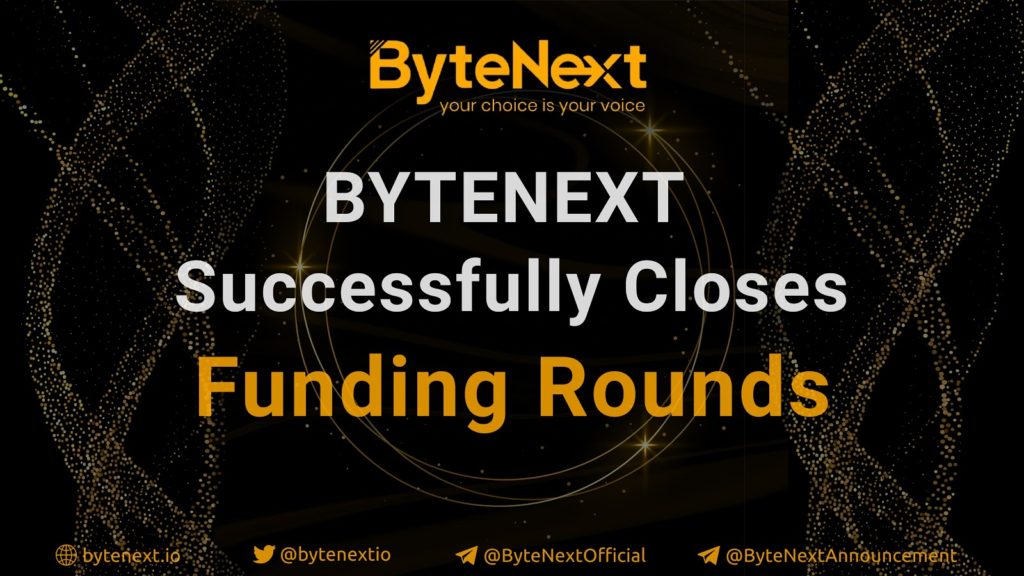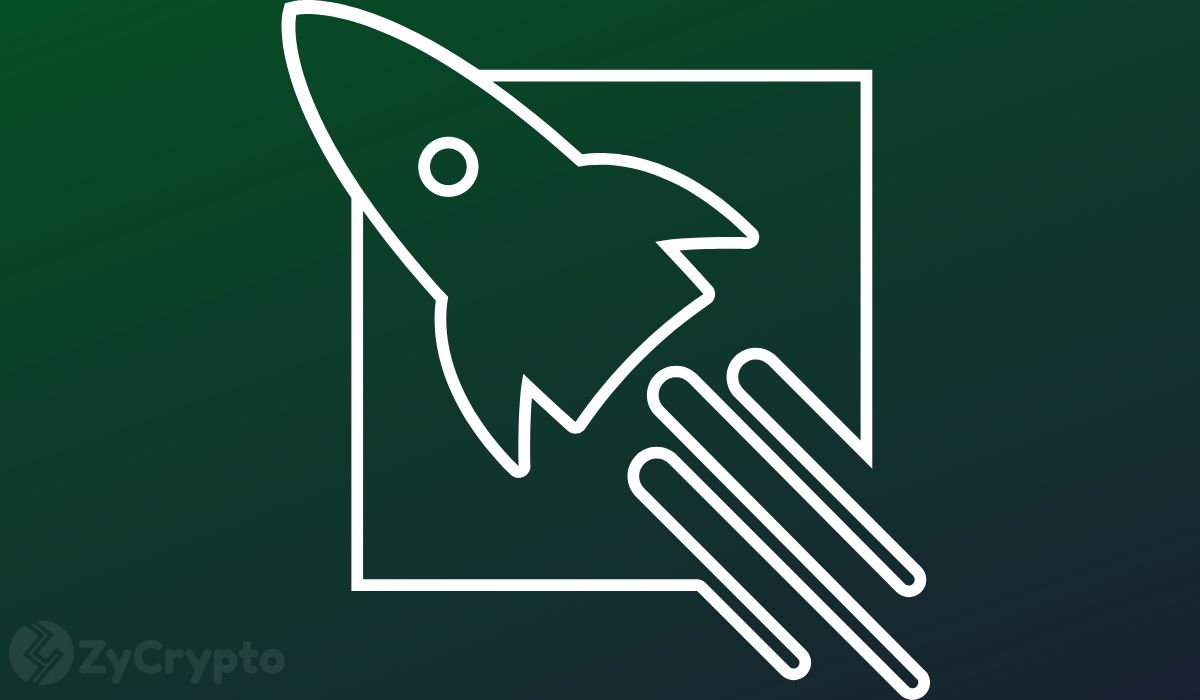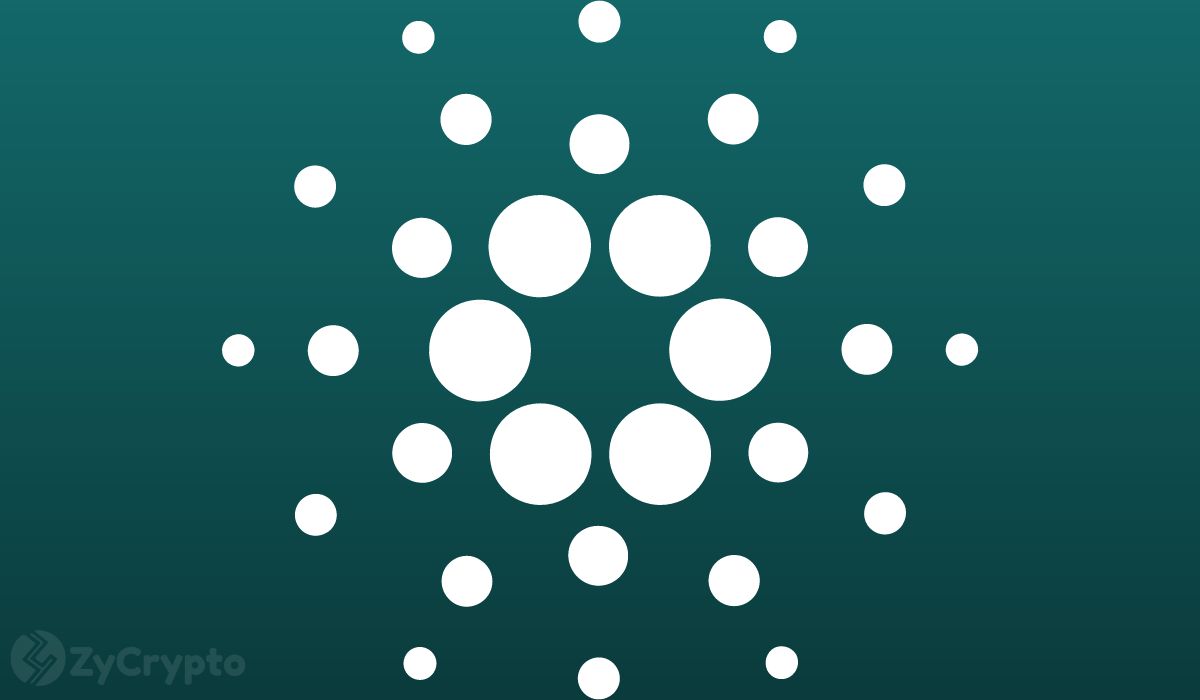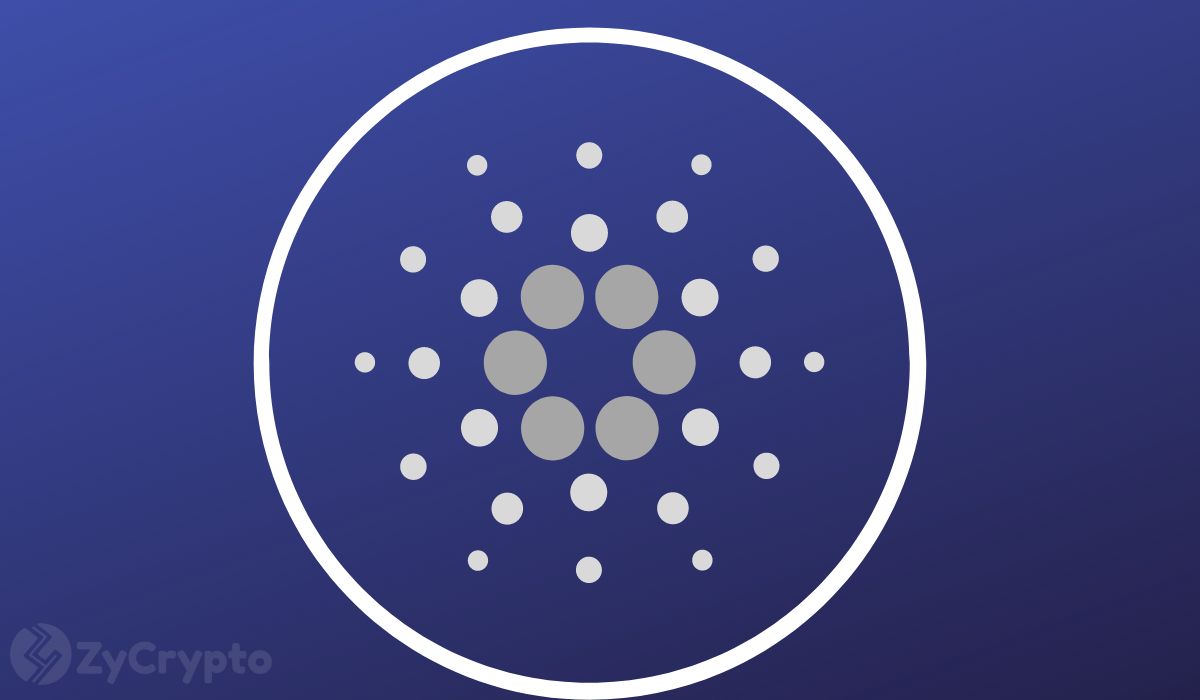2018-7-31 22:03 |
According to the Australian Broadcasting Network (ABC), John Baird, entrepreneur and former CSIRO experimental scientist and chairman of the cybersecurity advisory council, is looking to combine blockchain technology and internet of things (IoT) technology to track the food supply chain from paddock to plate.
Baird’s startup, Ultimo Digital Technologies (UDT) is currently located in Sydney. The UDT team are working on developing a trackable chip to ensure that the supply chain can always be traced. Baird is currently working with students from the Sydney University of Technology who are researching, designing, and applying blockchain technology for real-life commercial applications.
Using Blockchain Technology to Track Products Through the Supply ChainUDT’s system for tracking the supply chain begins with inserting a unique microchip into a product’s packaging or label. The chip can then retrieve information from the product or good and upload that information using the internet to another location where the data cannot be changed or corrupted.
The UDT coding team have tested the chip on baby formula tins and wine bottles as prototypes to see whether the microchip works. The chip tracks any changes in temperature, radiation levels, and location. When the items are opened, a message is immediately sent to the manufacturers.
“Blockchain is completely flexible [sic] it can store any sort of IOT data,” said Baird. “There’s a lot of people using blockchain for cryptocurrency, but to actually use them for the storage of IoT data – so you can get that data and store it away securely. I don’t think anyone in the world has done that yet.”
Baird is currently in conversation with Chinese companies to test and rollout the supply chain tracker. China, unfortunately, has a strong reputation of counterfeited and tampered goods. Baird has argued that with this microchip, it could ensure that anything that leaves China has the quality that the manufacturer originally intended. The microchip could also foster greater trust between consumers and businesses.
The Government of Panama has also approached UDT to discuss how they can track insulin after the government discovered saline in their supply samples.
Blockchain for Animal WelfareThe ABC reported that UDT is currently working with the meat and livestock industry to see if they can measure and track the meat throughout the whole supply chain from paddock to plate. The first shipment will occur from Brisbane to China in October 2018. The goal is to also trace animal welfare conditions from the original paddock.
“We can figure out what stress looks like for a cow, and at a later point in the journey, if we can start to see that behavior again we know that the cow is stressed at that point, and…something has got to be done about it,” said Baird. Baird predicts that the tracking chips will be available to track international goods by early 2019.
Bryan Skepper, the general manager of the Sydney Fish Markets is also exploring the use of blockchain technology to track fish. The technology will be used to ensure that the fish purchased are the as the same ones being delivered.
“We’ll be able to have a system where it’s photographed at the point where it’s caught that photo goes into a blockchain ledger, it can never be corrupted and then…the blockchain system will trace that journey,” said Skepper.
The post Blockchain Technology and IoT to Manage Supply Chains and Animal Welfare Conditions in Australia appeared first on UNHASHED.
origin »Advanced Technology Coin (ARC) на Currencies.ru
|
|
























